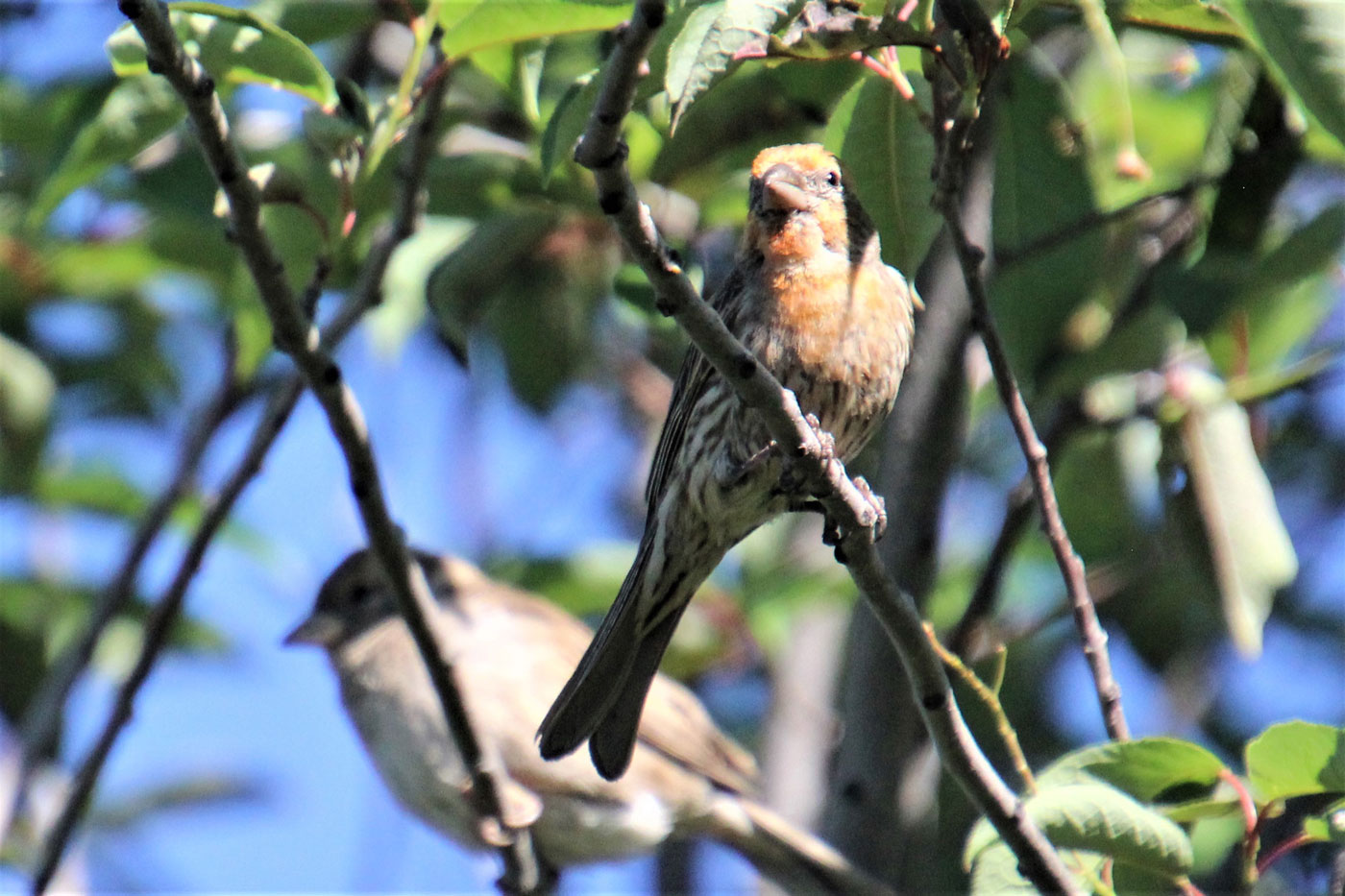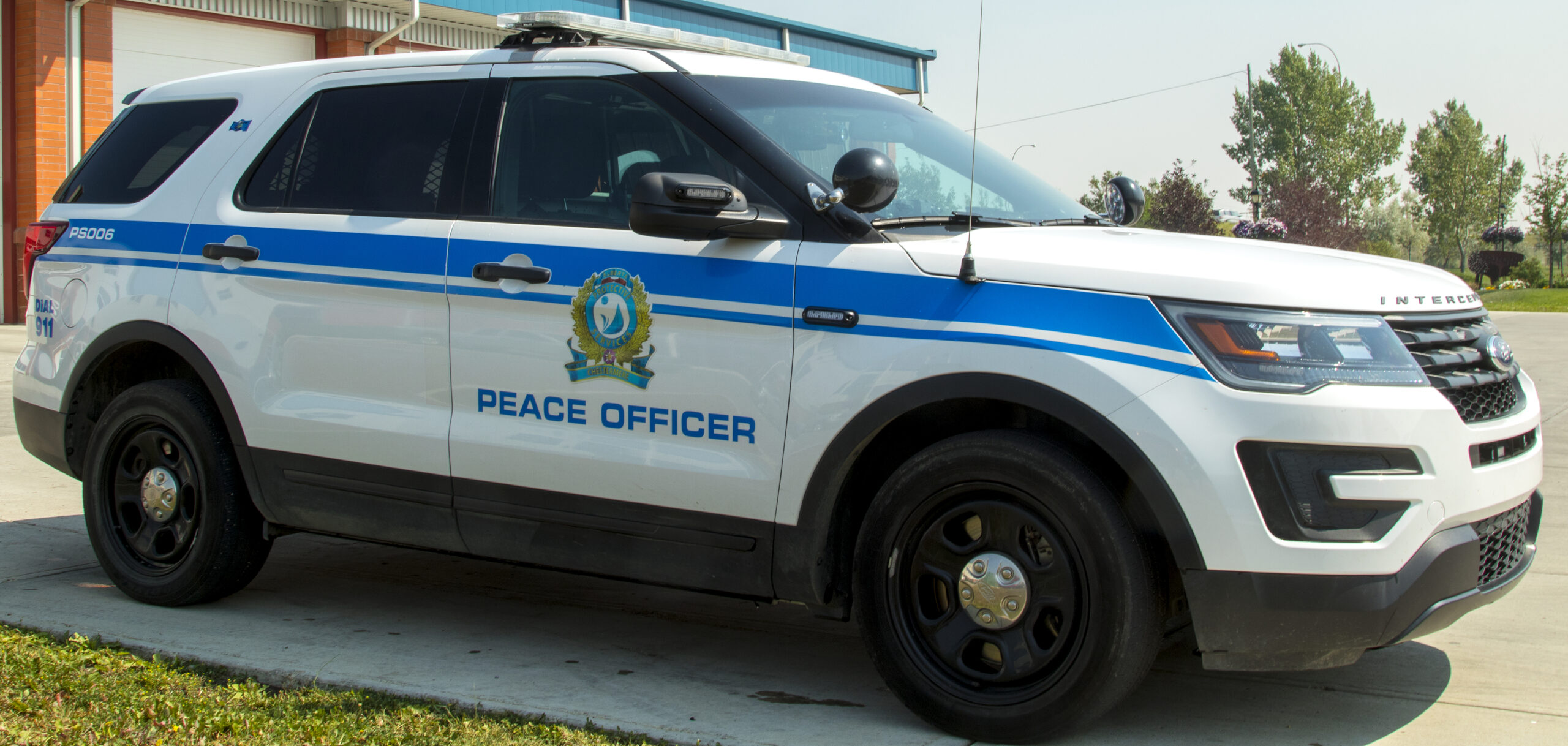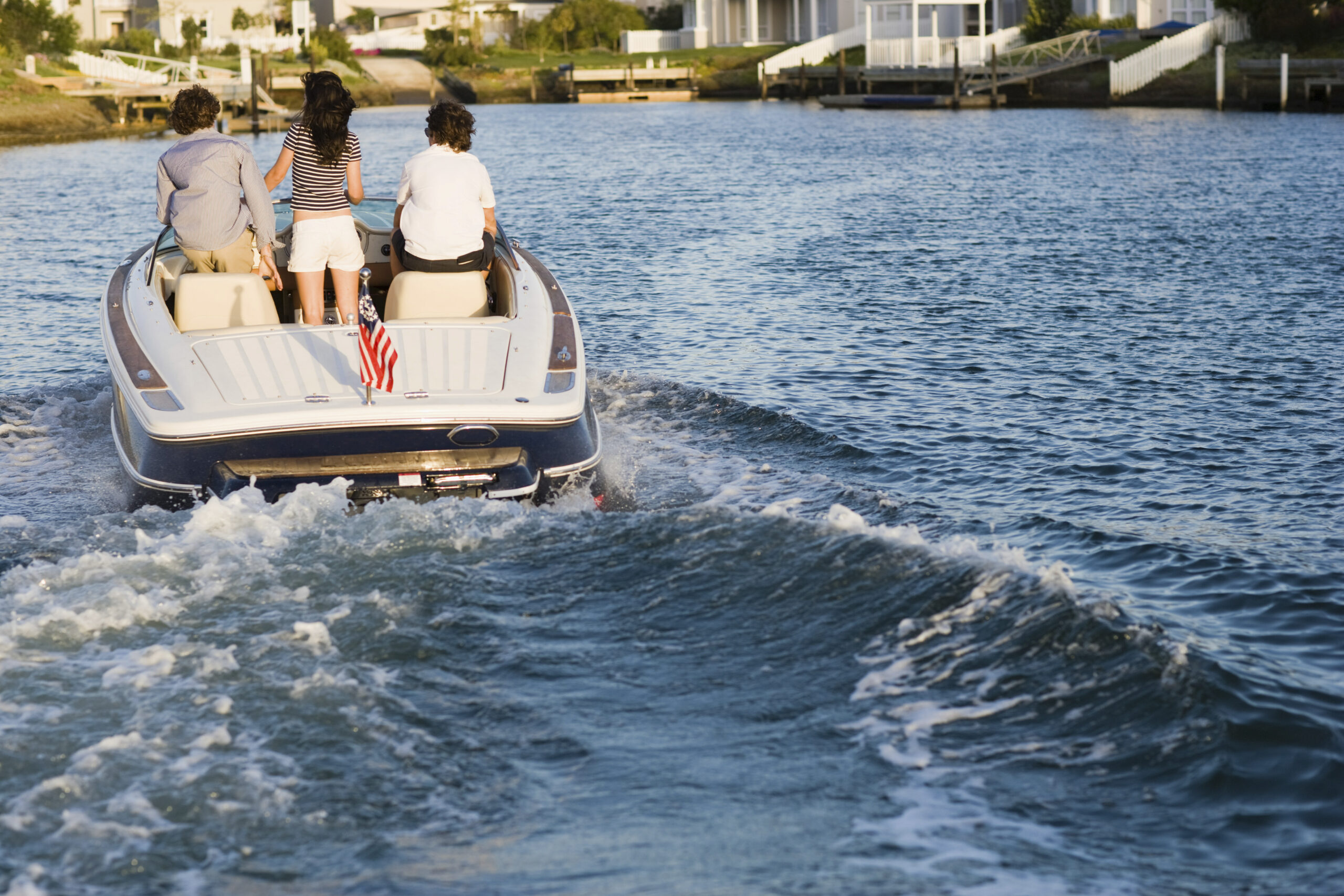Elaine and I are avid bird watchers and enjoy every moment traveling, walking, sitting, watching, waiting, photographing, and writing about birds we see. A key reason we moved from northern to southern Alberta was to place ourselves near some great birding opportunities.
Over the past nearly three years of living in Chestermere, we have thoroughly enjoyed our feathered friends in the region. Up until recently, we’d always been curious about the bird population on the Lakeside Golf Club.
With numerous expansive water features and wonderfully landscaped homes along the golf course providing trees to perch upon, we’d hoped one day to see which species resident there in the summer. As luck would have it we were contacted by the Lakeside Greens Golf Course Preservation Society a few weeks ago, inquiring as to our interest in helping the society identify which birds reside and use the golf course as home.
We would spend just over two hours in the backyards of people living along the golf course and would quite likely see the feathered residents of the golf course and adjacent properties.
In didn’t take long to get our jaws wagging and smiles forming. In just over two hours, Elaine and I identified 24 species of birds over, in and along the golf course. The water features on the course are very attractive to birds providing insect life for food, a place to act naturally and in some cases, raise the next generation of birds. In the wildfowl category we saw mallards, blue-winged teals, gadwalls, redheads, northern shovelers, lesser scaups and a double crested cormorant.
Birds we identified included, common grackles, house finches, house sparrows, robins, red-winged blackbirds, yellow headed blackbirds, starlings, a crow, house wrens, cedar waxwings, chickadees, rock pigeons and Eurasian Collared doves, In the woodpecker family, a northern flicker caught our eyes and in the raptor family a Swainson’s Hawk was being harassed by red-winged blackbirds above the golf course. The most pleasant surprise was the presence of no less than three species of swallows. Most numerous were the tree swallows, swooping over the water features, snatching insect life right out of the air, and taking the bug soup to their young. It was nice to see tree swallows using the 150 yard nest boxes as homes on the course.
On one fence, a youthful barn swallow waited patiently while a parent collected insects for a delicious meal. The jaw-dropper for us was the wonderful purple martin, the largest of all swallows, sitting in a well-crafted “purple martin condominium”. Over the years, we have know many who have tried to attract and develop purple martin colonies on their properties. Most have not been successful. The conditions for such a colony must be pretty specific. With this burgeoning colony right at the edge of the golf course, it is truly a rare treasure to be appreciated. In closing, Elaine and I wish to express our sincere thank you to the Lakeside Greens Golf Preservation Society and homeowners Greg, Marla and Melanie whom we met, for sharing their knowledge and “temples of nature” in their backyards.
With climate patterns changing and shadows of drought crossing the prairies, all areas that help preserve our ever-pressured wildlife populations sustain life are truly valuable. What we have noticed with this seemingly endless Covid-19 situation, is the greater number of people enjoying the outdoors and many more becoming avid bird watchers.
Our connection to nature may indeed help us heal through this challenging times. We have been asked to share with you in future write ups, “Bird Shorts”, to help you identify and learn more about those birds in our community. We look forward to sharing what we have learned in our passionate pursuit of our feathered neighbours.







